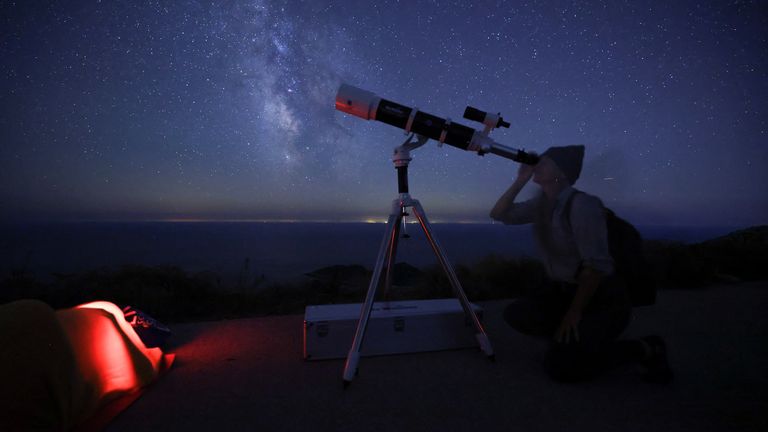Stargazers across the UK are in for a stellar treat as the “best meteor shower of the year” is set to peak from Monday night.
The spectacular Perseid shower may offer up to 100 meteors, also known as shooting stars, every hour as it peaks on the night of 12 August, going into 13 August.
The Perseid has been recurring for centuries as it is the result of Earth passing through a cloud of dust left behind Comet Swift-Tuttle.
As that debris hits the atmosphere, it burns up, leaving bright trails behind it in the sky.
Perseids – named after Perseus, the constellation the meteors are believed to originate from – are also known for their fireballs, with larger explosions of light and colour which can stay on for longer than the average meteor streak.
NASA has described the Perseid as the “best meteor shower of the year”.
How to watch Perseid
To make the most of the glorious spectacle, experts say observers should avoid well-lit and built-up areas and try to find unobstructed views.
Daniel Brown, associate professor in astronomy at Nottingham Trent University, said those wanting to get the clearest view of the shooting stars should “find a place that is dark”.
He said it will take viewers up to 30 minutes to adjust to the darkness.
Prof Brown said: “Bring along patience, and it is best to observe a big range of the sky as meteors will be visible all over.”
For the best view, NASA recommends watching during the “dark hours” of the day, which in the UK will be from around midnight to 2am.
When to watch the shower
The meteor shower peaks on the night of 12 August, going into 13 August. If skies are clear, it should be visible across the UK.
Prof Brown said: “Best time this year during the main peak is the second half of the night, that is the early hours of August 13.”

